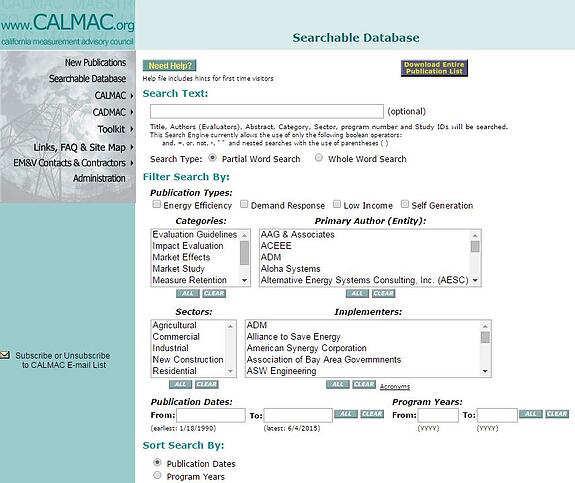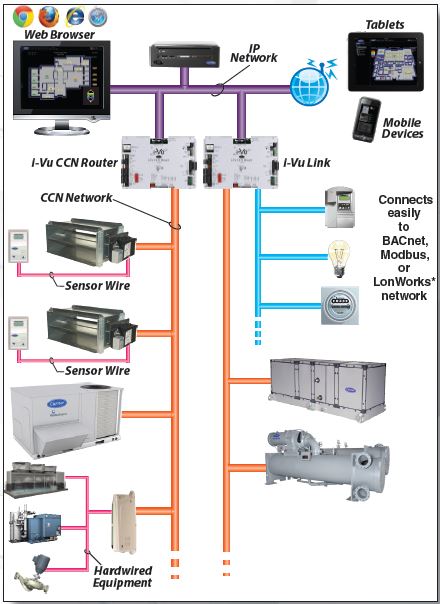I find myself using a variety of resources to support my energy program evaluation, measurement, verification, research, and development activities over the course of the year. The Internet offers what can seem like an overwhelming wealth of information to use when you want to be sure you are following best practices, are keeping current with the knowledge in the industry and to inform your work more generally — but there’s also a lot of noise out there. Much of the best evaluation work and resources available are the work of teams that include technical, social science, and regulatory experts who collaborate to develop guides, studies, and data to further the effectiveness of energy efficiency programs and third-party evaluations. I’m guessing that for many of our readers that is your goal too, so here are my top three EMV resources picks — and why.
Northeast Energy Efficiency Partnerships EM&V Forum
 I participate in the Northeast Energy Efficiency Partnerships (NEEP) EM&V Forum, a group of stakeholders who meet regularly guided by the expert facilitation and planning of NEEP’s Elizabeth Titus and her team. The stakeholders include representatives from program administrators and regulatory/oversight bodies who come together to identify areas where collaborative research can cost effectively provide useful information to the region’s energy efficiency programs. Recent studies that I’ve been involved with include:
I participate in the Northeast Energy Efficiency Partnerships (NEEP) EM&V Forum, a group of stakeholders who meet regularly guided by the expert facilitation and planning of NEEP’s Elizabeth Titus and her team. The stakeholders include representatives from program administrators and regulatory/oversight bodies who come together to identify areas where collaborative research can cost effectively provide useful information to the region’s energy efficiency programs. Recent studies that I’ve been involved with include:
- The VFD load shape study, in which meter data for hundreds of sites was used to develop standardized load shapes that programs can use to more accurately estimate savings from VFD measures
- A commercial refrigeration load shape study – currently drawing to a conclusion this study will use data from dozens of refrigeration sites to develop accurate load profiles for typical refrigeration measures such as ECM motors and controls on evaporator fans (2 measures) and door heater controls.
This is just one type of study available on NEEP’s website, which also addresses residential measures and a variety of technology and guidance. I appreciate the NEEP studies because of the diversity of fields represented by contributors, as well as the practical cold-climate data difficult to find anywhere else.
California Measurement Advisory Council (CALMAC)
I just love the CALMAC database. It isn’t pretty, but it is tremendously useful with a powerful search function that delivers summaries of the studies and guides and enables them to be easily downloaded without the need to input any pesky user data. I spent the first ten years of my career designing commercial and institutional buildings out of two major mechanical, electrical, plumbing (MEP) firms in San Francisco so I do have a soft spot for California.
California has been a leader in energy efficiency since the 1980s. Early in my career I was working on a tenant fit-up for AT&T in a new high-rise building and received plans from the Texas-based architect showing his lighting concept, which included five watts/square foot of incandescent lighting in the lobby and over 3.5 watts/sq ft of lighting over the space. Title 24, the only energy code in existence in the U.S. at the time, mandated a 2 w/sq ft maximum for office lighting. The architect simply did not believe that we couldn’t “just make it work”!
CALMAC includes evaluations of California’s various EE programs and includes one of the most widely respected guidelines for evaluation “The California Evaluation Framework,” written by some of the best minds in energy program evaluation and cited by regulators across the country.
The EIA Commercial Buildings Energy Consumption Survey (CBECS)
The Energy Information Administration (EIA) provides a rich source for evaluation data. I am a huge user of the CBECS data, which happily was finally updated from 2003 to 2012 survey data. This data set provides both the individual data building-by-building, and a variety of data analyses that enable users to understand commercial building energy use by fuel type, end use, building type and region. The EIA publishes other useful information including residential, manufacturing and transportation data. They also publish energy price data as well as price and supply projections.
What’s in your EM&V resource toolbox? Share your favorite in the comments below.




